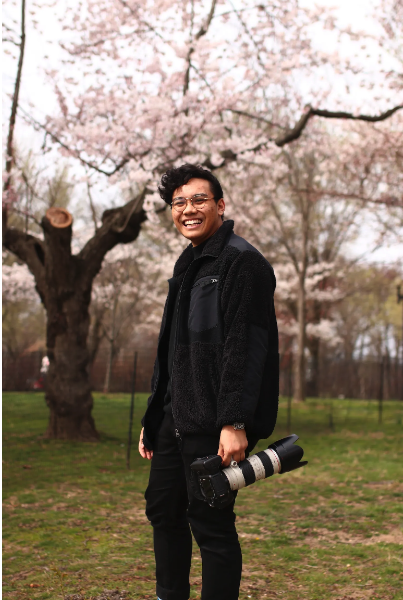Becoming the university of the future with VCU and Adobe
As the pace of change continues to accelerate, employers expect their workforce to embrace lifelong learning and skills development. To prepare students for their careers, universities and other higher education institutions are looking at new ways to teach students the essential skills needed to succeed. Virginia Commonwealth University (VCU) is closing the gap between career requirements and best-in-class learning, creating a new blueprint for the university of the future.

As an Adobe Creative Campus, VCU is taking a significant step towards realizing its vision. Making digital literacy a priority for all students and faculty across all disciplines is the goal driving the partnership between VCU and Adobe. Students, faculty, and staff have access to all Adobe Creative Cloud apps on any device, for use at any time. This means that any class in any discipline becomes an avenue for students to practice digital literacy through critical thinking, problem solving, and creative communication.
Prototyping the future of higher education with da Vinci
Giving all students a common technological foundation opens up new opportunities for cross-disciplinary collaboration. As part of VCU’s Quest 2025 strategic plan, the university aims to reshape the campus experience with more experiential, project-based learning that reflects the real world.
“There’s always the question of how we can make student learning more effective and accessible,” says Garret Westlake, executive director of the da Vinci Center. “At the da Vinci Center, we’re creating a prototype for the future of higher education with more digital and user-centric environments.”
The da Vinci Center is built upon three primary opportunities: academic, experiential, and experimental. In other words, the Center supports academic classes, engaging experiences, and innovative experiments that revolve around real-world, cross-disciplinary skills. Adobe Creative Cloud apps bring value to all three types of areas by providing tools that support creative thinking and problem-solving.

“I fell in love with the ideas of innovation, creation, and human-centered design,” says Mirador, who graduated in 2021 with a Bachelor of Interdisciplinary Studies degree, specializing in user experience and user interface. “Mentors at the da Vinci Center pushed me out of my comfort zone and helped me find my passion for UI/UX design.”
Mirador took full advantage using Creative Cloud to expand his design skills and become a better designer. “I learned to work with Adobe InDesign and Illustrator because I could experiment at any time on my own computer. Adobe XD was the biggest change for my UI/UX design workflow. It’s so easy to use, and the ability to share designs with other people makes it very easy to collaborate with others,” adds Mirador.

While researching how she could apply her Psychology major to other careers, Devin Singh discovered UX design. The ability to use problem-solving and strategy skills to help people appealed to Singh, and she dove into the courses and certificates available through the da Vinci Center. This led to a UX design internship, followed by a job offer to become a user experience design strategist.
“Working in UX is actually very similar to medicine: you need to look at your audience’s pain points, empathize with their issue, discover what they want, and strategize about how you can help them,” says Singh. “I use Adobe Creative Cloud apps every day to innovate, prototype, and think creatively about possible design solutions.”
Read the full article on the Adobe Blog >>
Categories News